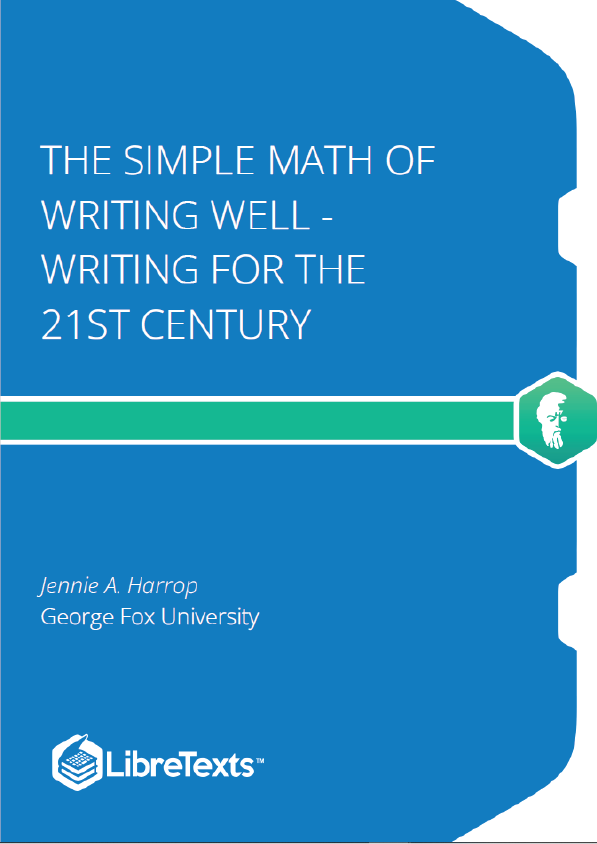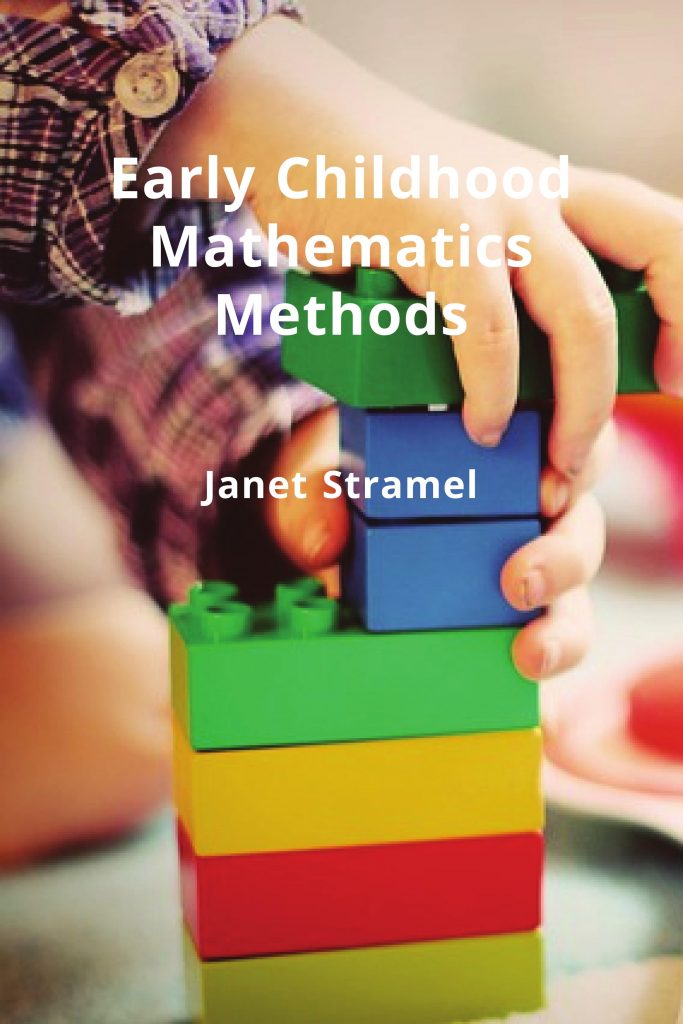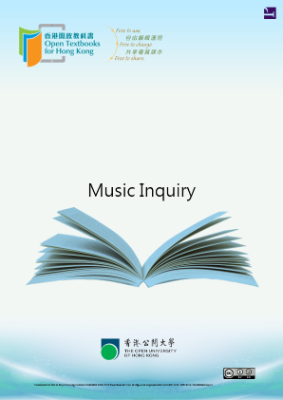Always find the verb first. Once you do, ask yourself, “Who or what is doing the action?” Picture the action in your mind. Is the answer you have come up with logical? Are the action you have named and the subject you have identified the chief intent of the sentence?
If you have been taught to think of a subject as a person, place, or thing, be careful. A noun is a person, place, or thing, but the main subject of a sentence can be more: a verb phrase, an adjectival phrase, or even an implied entity.
“As a long-time manager of multiple departments, a critical skill I look for in hiring for management and professional positions is the ability to communicate well in writing. The ability to communicate well in emails, reports, and in other documents is a requirement for advancing in one’s career.” Wes Friesen, Manager If your main verb is a linking verb, the “Who or what is doing the action?” may need a little finessing. For example, consider this sentence: The hotel carpet is colorful. If you have named is as your main verb, ask yourself, “Who or what is?” Your answer should be carpet.
A helpful trick: To locate the main subject and main verb, begin by eliminating the factors that you know cannot contain the main subject or main verb. Those include the following:
- Prepositional phrases: a 3- to 4-word phrase that begins with a preposition and ends with a noun, such as on the floor, after the party, over the bridge, etc.
- Articles: the, a, an
- Infinitive verbs: to + verb, such as to run, to sit, to eat, to sleep
- Gerund verbs without helper verbs: -ing verb, such as running, sitting, eating, sleeping
- Introductory phrases: before the long drive, after I called him, on Monday
- Concluding phrases: before the long drive, after I called him, on Monday (such phrases can go before or after the main sentence, depending on what you choose to emphasize).
Definitions to Remember:
Periods: Use only after a subject + verb.
If you have been taught to add a period when your words seem conclusive or when you intend a longer pause, remember that we are learning to watch for the simple math. Just as a math teacher would not instruct you to add a “3” when it feels right, do not rely on subjective feelings for the structure of language either. Instead watch for the math: subject + verb = sentence.
Question Marks: Use only after a question, and often with the components reversed to verb + subject.
Whether you have a direct question or a rhetorical question, use a question mark in place of a period. If you have an indirect question that is actually part of a statement, the question mark is not necessary: She asked me whether I like pasta. Just as with a period, watch for the key factors of subject + verb, although note that the two are often reversed to form a new equation: verb + subject = question.
Exclamation Points: Use sparingly!
The exclamation point is used to show emphasis. Overuse of the exclamation point typically means your language is weak, and you are working hard to ensure that your readers recognize the emotions you want to convey. Poor writing relies on the exclamation point; good writing relies on strong verbs and nuanced punctuation, making the exclamation point unnecessary. As with the period and the question mark, the same two key components are necessary: subject + verb = exclamation.











